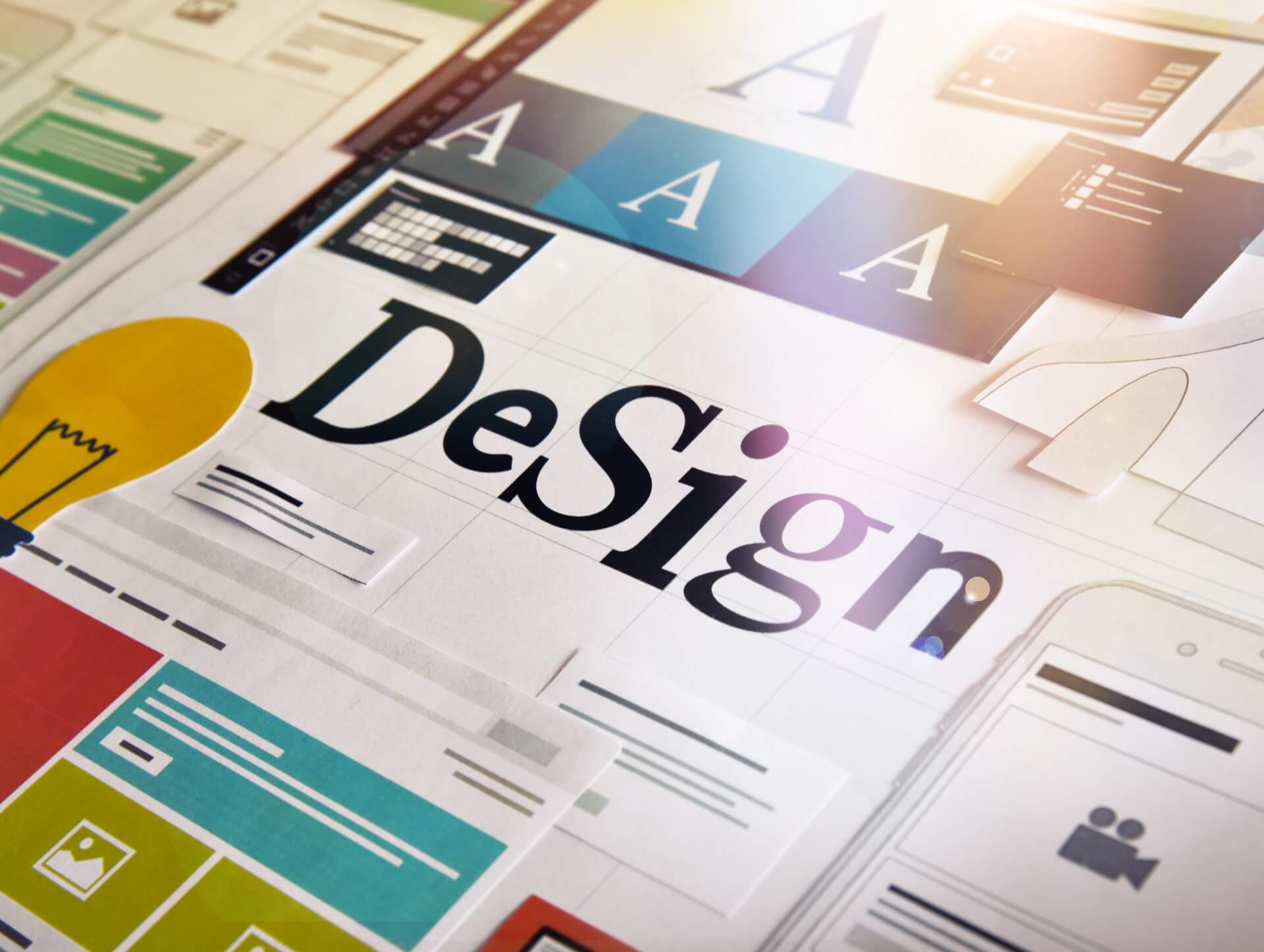The challenges of maintaining consistency in graphic design across different devices

06/09/2023
In today's digital age, graphic design plays a crucial role in creating a strong brand identity and captivating visual experiences for users. Custom designs are created to reflect the essence of a brand and communicate its values to the target audience. With the increasing use of mobile devices and different screen sizes, maintaining consistency in graphic design across various devices has become a significant challenge for designers and brands.
The Importance of Brand Consistency
Brand consistency is vital for creating a strong and recognizable visual identity. It helps in building trust and credibility among consumers. When a brand maintains consistency in its graphic design across different devices, it ensures that users have a seamless and cohesive experience, regardless of the device they are using to interact with the brand.
The Challenges of Cross-Device Consistency
1. Responsive Design: One of the primary challenges in maintaining consistency in graphic design across different devices is creating responsive designs. Responsive design allows websites and applications to adapt to different screen sizes and resolutions. It ensures that the design elements are displayed appropriately and consistently across various devices, ranging from desktops to smartphones and tablets. Designers need to consider factors like typography, spacing, and image placement to ensure a consistent visual experience on all devices.
2. Limited Screen Space: Different devices have different screen sizes and aspect ratios, which pose a challenge in designing consistent layouts. Designers need to carefully prioritize content and design elements to fit within the limited screen space without compromising the user experience. This requires a deep understanding of the target audience and their preferences to create designs that are both visually appealing and functional.
3. Device-Specific Limitations: Each device has its own set of limitations and capabilities when it comes to graphic design. For example, mobile devices may have limited processing power or smaller touchscreens, which can impact the design choices and functionality. Designers need to be aware of these limitations and adapt their designs accordingly to maintain consistency without sacrificing user experience.
4. Design Fragmentation: With the increasing number of devices and platforms, there is a risk of design fragmentation. Designers need to ensure that their designs are compatible with different operating systems, browsers, and screen sizes. This requires thorough testing and optimization to ensure a consistent experience for all users, regardless of their device or platform.
Strategies for Maintaining Consistency
1. Design System: A design system is a collection of reusable components, guidelines, and assets that help in maintaining consistency across different devices. It provides a unified approach to design and ensures that all design elements adhere to the brand's visual identity. Design systems can include style guides, component libraries, and design principles that can be used by designers and developers to create consistent designs.
2. Fluid Grids and Flexible Layouts: Using fluid grids and flexible layouts allows designs to adapt to different screen sizes and resolutions. This ensures that the design elements are proportionally scaled and positioned, maintaining consistency across devices. Designers can use CSS frameworks like Bootstrap or grid systems to create responsive designs that automatically adjust based on the device's screen size.
3. Scalable Vector Graphics (SVG): SVG is a vector-based image format that scales seamlessly without compromising quality. Using SVGs in graphic design allows designers to create scalable and resolution-independent graphics that can be displayed consistently across different devices. SVGs can be easily resized and adapted to fit various screen sizes, ensuring a consistent visual experience.
4. Progressive Enhancement: Progressive enhancement is an approach to web design that focuses on providing a basic, functional experience for all users and then enhancing it with additional features for devices that support them. This approach ensures that the core design is consistent across devices, while additional features are gracefully added for devices with more capabilities. Progressive enhancement helps in maintaining consistency while still providing an optimized experience for different devices.
Benefits of Consistent Graphic Design
1. Enhanced Brand Recognition: Consistent graphic design helps in creating a strong visual identity for a brand. When users see consistent design elements across different devices, they can easily recognize and associate them with the brand. This enhances brand recognition and helps in building a loyal customer base.
2. Improved User Experience: Consistency in graphic design ensures that users have a seamless and familiar experience across different devices. When the design elements are consistent, users can navigate and interact with the brand's website or application effortlessly. This improves the overall user experience and encourages users to engage with the brand.
3. Increased Trust and Credibility: A consistent graphic design reflects professionalism and attention to detail. When users see a consistent visual identity, they perceive the brand as reliable and trustworthy. Consistency in design builds credibility and encourages users to trust the brand, leading to increased conversions and customer loyalty.
4. Strengthened Brand Identity: Graphic design plays a vital role in shaping a brand's identity. Consistent design elements help in reinforcing the brand's core values and messaging. When users consistently see the same typography, colors, and visual style, they develop a strong association with the brand and its values.
Conclusion
Maintaining consistency in graphic design across different devices is a challenging task for designers and brands. However, it is essential for creating a strong visual identity, enhancing user experience, and building trust among consumers. By implementing strategies like responsive design, design systems, and scalable vector graphics, designers can overcome these challenges and ensure consistent and seamless experiences across various devices. Consistent graphic design is a key element of successful branding and helps in creating a lasting impact on the target audience.
Contact us

Spanning 8 cities worldwide and with partners in 100 more, we’re your local yet global agency.
Fancy a coffee, virtual or physical? It’s on us – let’s connect!

